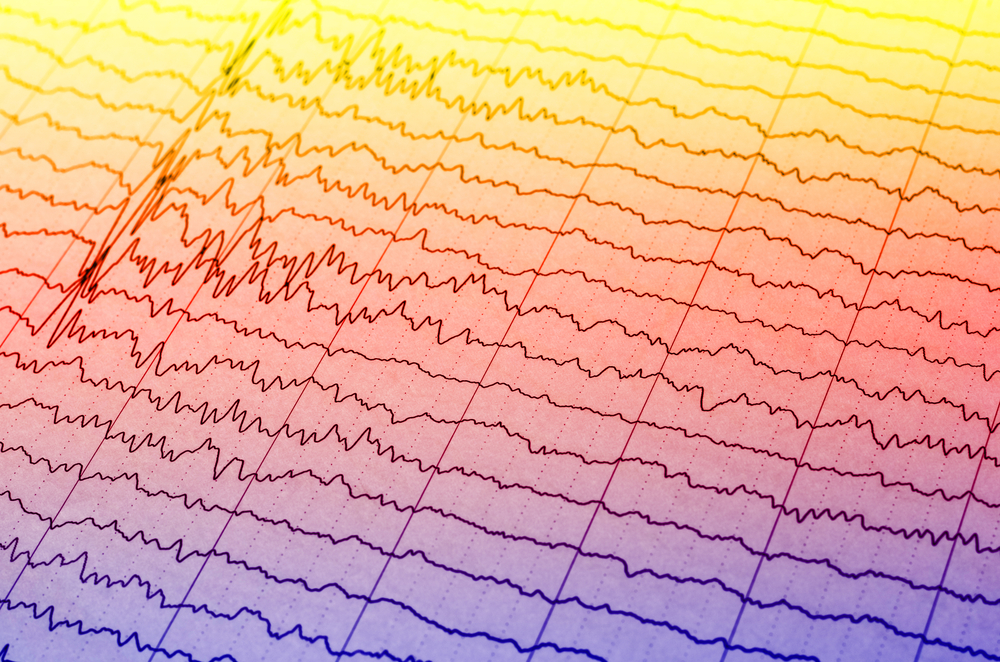Understanding Spontaneous Brain Activity in Infants May Shed Light on CP Development

Researchers at two universities in the U.K. have managed to map where spontaneous brain activity occurs in healthy preterm infants. This advancement could lead to a better understanding of how the absence of this activity is linked to the development of cerebral palsy and other disabilities.
The research team combined two commonly used methods for analyzing brain function to obtain some long sought-after answers.
Their report, “Localization of spontaneous bursting neuronal activity in the preterm human brain with simultaneous EEG-fMRI,” was published in the journal eLife.
Researchers have long known that spontaneous brain activity is crucial for babies to develop a healthy brain. This activity is seen in preterm infants and disappears about the time of birth. It’s thought to provide a type of “scaffolding” that develops later as the child grows.
Earlier studies have reported that infants who lack this spontaneous brain activity are more likely to develop cerebral palsy or other disabilities, such as reduced cognition.
“While we don’t yet know what causes these neuronal bursts, we know that in healthy babies, they are present preterm and disappear at full term. It’s a bad sign if they are absent in preterm or present still after full term,” Lorenzo Fabrizi, a senior co-author of the study from University College London, said in a press release.
“The brain of a preterm baby is not merely a downsized version of that of an adult, but is uniquely designed to prepare itself for the external world,” Fabrizi added.
To trace the source of spontaneous brain activity, the team focused on signals called delta brush events, which are bursts of neuronal firing. Researchers fitted 10 healthy, but preterm, babies with special electrode-connected caps. The infants’ ages were 32–36 weeks post-inception.
While the babies slept inside a brain scanner, scientists took two measurements with an electroencephalogram (EEG) and functional magnetic resonance imaging (fMRI).
The EEG helped ensure that researchers were observing the correct signal, and the fMRI — a method that illustrates brain activity by measuring blood flow — pointed them toward the regions where brain activity was occurring.
By comparing the timing of the two events, the team concluded that the signals came from one of the most densely connected areas near the brain’s surface. Earlier data had shown that this region, called the insula, experiences a key phase of development during the period studied.
This finding may now lead to further studies in both humans and animal models that can shed light on the processes as they go awry.
“This may offer new and exciting opportunities for monitoring how brain activity develops in preterm babies and a new understanding of how early irregularities can ultimately lead to disability,” said Tomoki Arichi, a first author of the study from King’s College London.
“Most research in early brain development focuses on structures instead of functions, so we’re hopeful that our methods can be used further to enhance our understanding of brain function before birth,” Arichi added.


